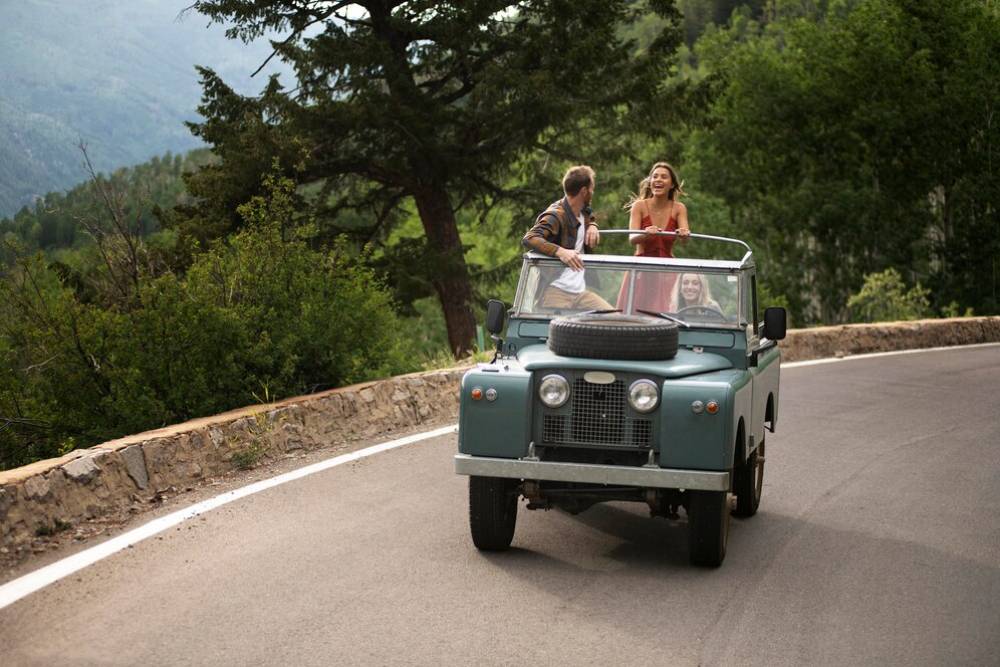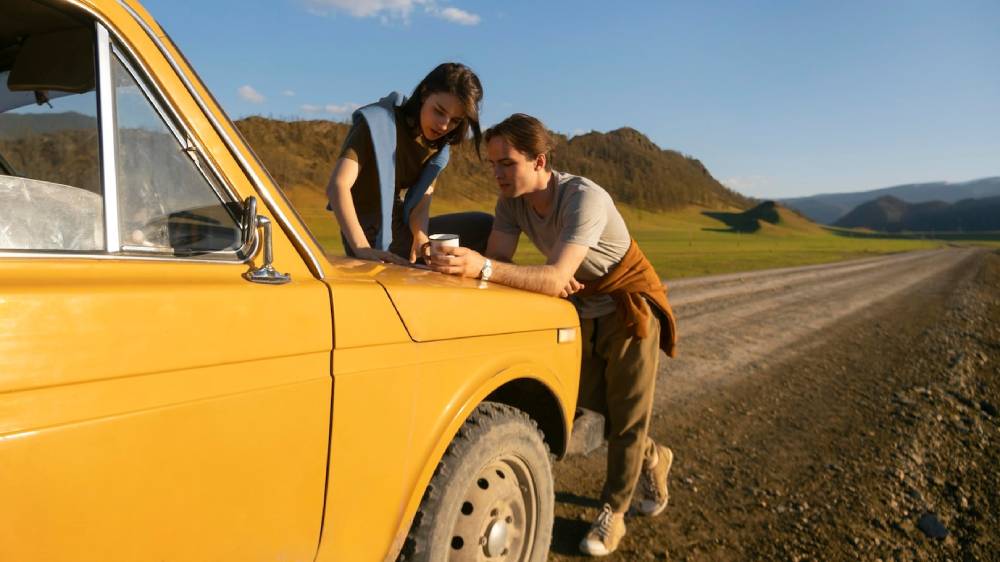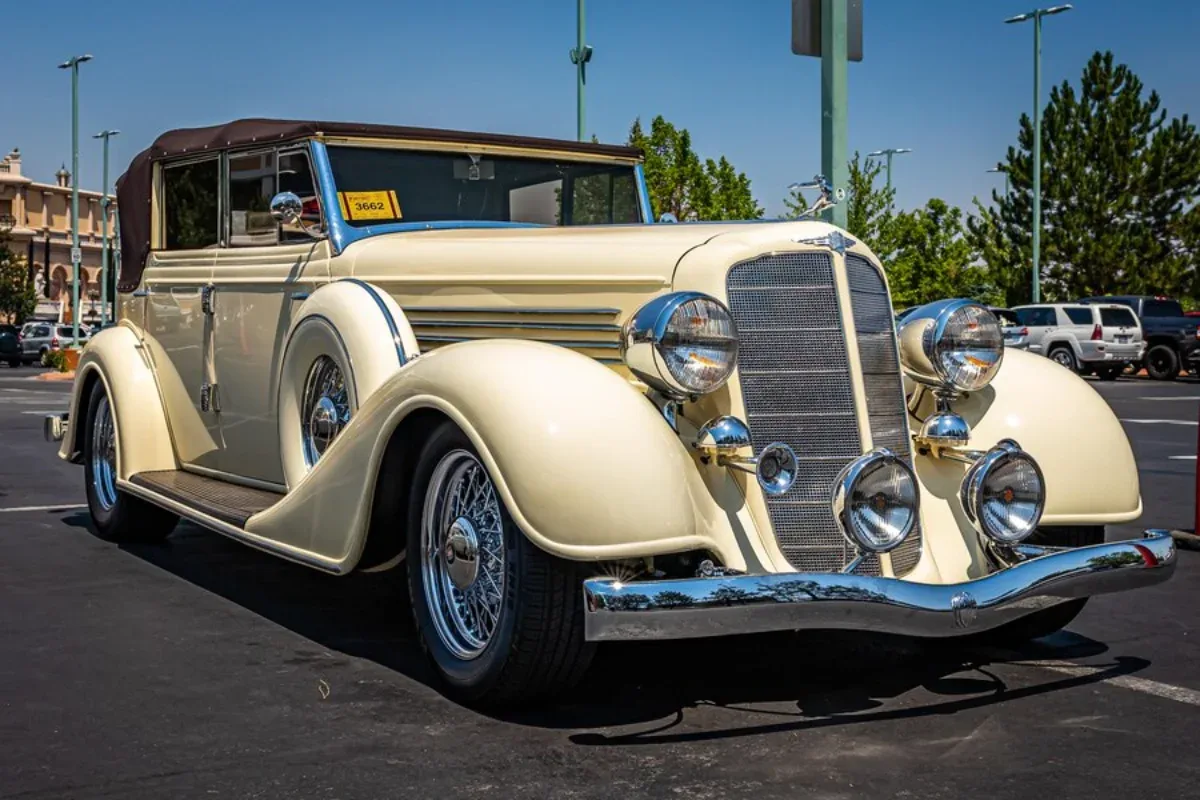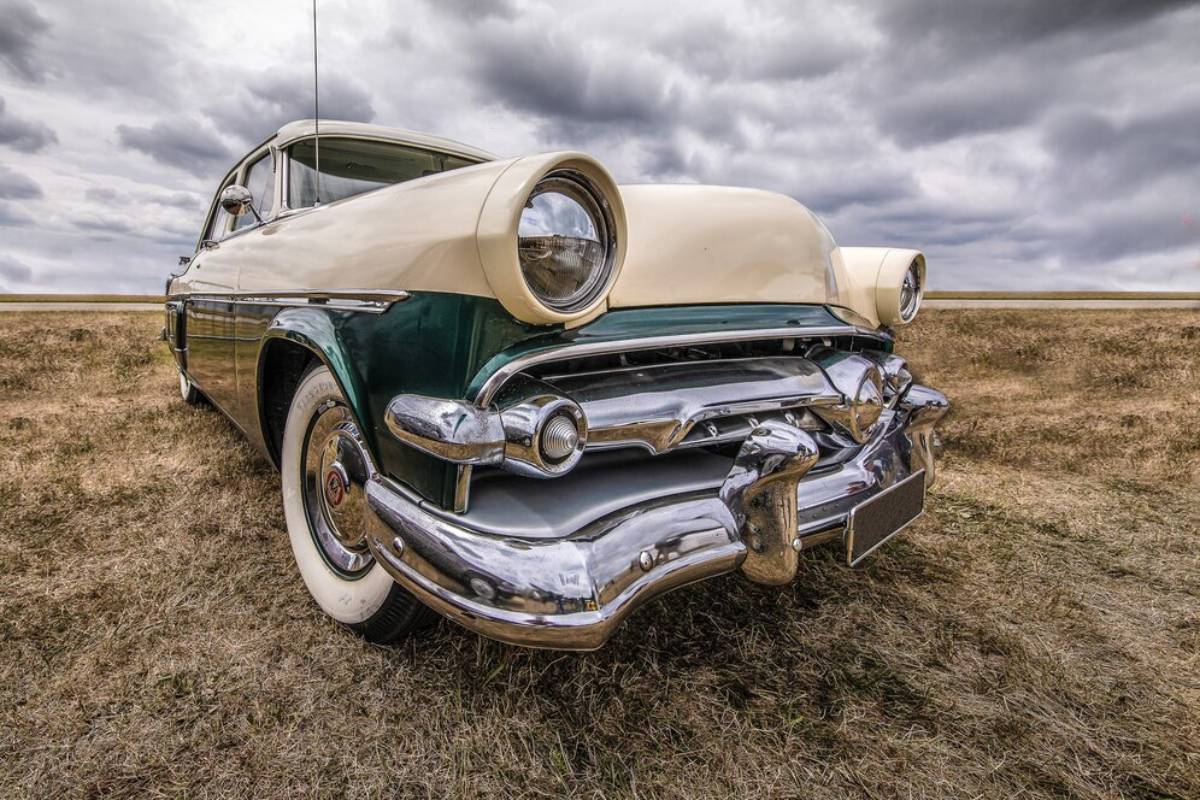
How to Plan the Perfect Road Trip in a Classic Car
Driving the open road in a classic car is not just a drive; the drive can be nostalgic. Some planning goes a long way, whether you’re an expert or just starting with the classics. This guide takes you through the steps for a smooth and memorable road trip.
Pro Tip:
A classic car road trip isn’t just about reaching a destination—it’s about the drive itself. Plan, respect your car’s limits, and embrace the adventure.
Quick Guide:
- Pick a Scenic Route – Choose well-maintained roads with historic stops and great views.
- Inspect Your Car – Check fluids, brakes, tyres, and battery before departure.
- Pack Smart – Bring essential tools, spare parts, and emergency items.
- Drive Smoothly – Maintain a steady speed and monitor engine temperature.
- Plan Fuel Stops – Classic cars often have smaller tanks, so map out petrol stations.
Important Tip:
Take a short test drive before the trip to catch any mechanical issues early. A little preparation goes a long way in ensuring a smooth, unforgettable journey.
Key Benefits of a Classic Car Road Trip

The Nostalgia Factor
Classic cars are like time machines. They take you back to an era when driving was an art. The sound of the engine, the feel of the steering wheel, and the scent of aged leather create a unique experience you won’t find in modern cars.
Connection to Automotive History
Driving a classic car connects you to automotive history. Each vintage vehicle tells a story about automotive design and engineering. As you cruise, you become part of this rich tradition.
A Unique Driving Experience
Classic cars offer raw, engaging driving. Unlike modern vehicles with assist features, they require your full attention. This connection to the road makes every mile exciting.
Community and Camaraderie
Classic car road trips let you meet fellow enthusiasts. Whether at car meets or sharing a nod on the road, classic car lovers bond.
Planning the Perfect Classic Car Road Trip
1. Choosing the Right Route
Research Scenic Routes
Pick routes with stunning views, historic sites, and classic car-friendly roads. The North Coast 500 in Scotland and the Atlantic Highway in Cornwall are excellent choices in the UK.
Consider Road Conditions
Classic cars handle differently than modern ones. Choose well-maintained roads and avoid potholes or steep hills that could strain your vehicle.
Plan for Stops
Regular stops let you explore local sights and give your car a break., keeping both you and your classic car in top shape.
2. Preparing Your Classic Car
Conduct a Thorough Inspection
Have a qualified mechanic check:
- Engine and fluids – Oil, coolant, brake, and transmission fluid.
- Brakes and suspension – Ensure they work correctly.
- Tyres – Check tread depth and inflation.
- Battery and electrical system – Test lights, indicators, and charging.
Pack Essential Tools and Spares
Bring a toolkit with repair tools and emergency items like:
- Fan belts
- Spark plugs
- Tyre repair kit
- Extra fuses
- Engine oil and coolant
Enhance Comfort and Safety
Classic cars can lack modern comforts, but you can improve it:
- Use seat cushions for better support.
- Install a smartphone mount for navigation.
- Carry a first-aid kit and fire extinguisher.
3. Long-Distance Driving Tips
Maintain a Steady Pace
Classic cars perform best at steady speeds. Avoid quick starts and sudden stops to reduce engine stress.
Monitor Engine Temperature
Keep an eye on the temperature gauge, especially in warm weather. If the engine overheats, pull over and let it cool.
Plan for Fuel Stops
Classic cars often have smaller tanks and lower fuel efficiency. Identify petrol stations along your route to avoid running out of fuel.
Pro Tips for a Smooth Road Trip
- Test Drive Before Departure: Take your car for a test drive a few days before spotting any issues.
- Use a Route Planner: Apps like Google Maps help find fuel stations and rest stops.
- Carry Classic Car Insurance Details: Make sure your insurance covers long trips and roadside assistance.
- Travel with a Companion: A second driver helps on long journeys and adds to the fun.
- Check Local Weather Forecasts: Weather can impact your route, so plan.
Common Mistakes to Avoid
Neglecting Maintenance Checks
Skipping maintenance can lead to breakdowns. Always check your vehicle before the trip.
Ignoring Spare Parts
Don’t assume you can find spare parts on the road. Bring essentials to avoid delays.
Overpacking
Classic cars have limited space. Pack smartly, focusing on tools, clothing, and necessities.
Failing to Check Road Conditions
Some classic cars aren’t meant for rough roads. Research conditions beforehand to ensure they suit your vehicle.
Advanced Insights & Expert Recommendations

Join a Classic Car Club
Being part of a classic car club gives you access to resources and a supportive community. Many clubs organise group trips.
Document Your Journey
Capture your trip through photos, videos, or journals. Share your experience on classic car forums or social media to inspire others.
Explore Off-the-Beaten-Path Destinations
Famous routes are great, but hidden gems offer unique experiences and less traffic. Look for historic towns and countryside spots.
Final Thoughts

So, you want to take a road trip in a classic car. There are plenty of things to consider to ensure that you will have some of the best memories and experiences while on the road. So plot your course, prepare your ride, and enjoy the trip—the journey is as worthwhile as the destination.
Now, are you ready to plan your classic car road trip? Look up routes, reach out to enthusiasts, and maintain your vehicle. The open road is waiting!
FAQs
How far can I drive a classic car on a road trip?
With proper care, a classic car can handle long distances. Plan fuel stops and breaks to avoid engine strain.
What if my classic car breaks down during the trip?
Carry roadside assistance and essential spares. Basic repair skills can help you fix minor issues.
Can I use my classic car for daily travel?
Some classic cars can be daily drivers, depending on the model. Many enthusiasts save theirs for special trips.
What is the best time of year for a classic car road trip?
Spring and autumn usually have the best weather. Avoid extreme heat or winter conditions that could harm your car.
How do I keep my classic car secure during overnight stops?
Choose places with secure parking, use a steering wheel lock, and don’t leave valuables in the car.
Should I modify my classic car for better reliability?
Minor upgrades like an electronic ignition or modern cooling fan can help without losing originality.
What if I encounter lousy weather?
Be prepared with waterproof covers, check forecasts, and adjust your route to avoid severe weather.


